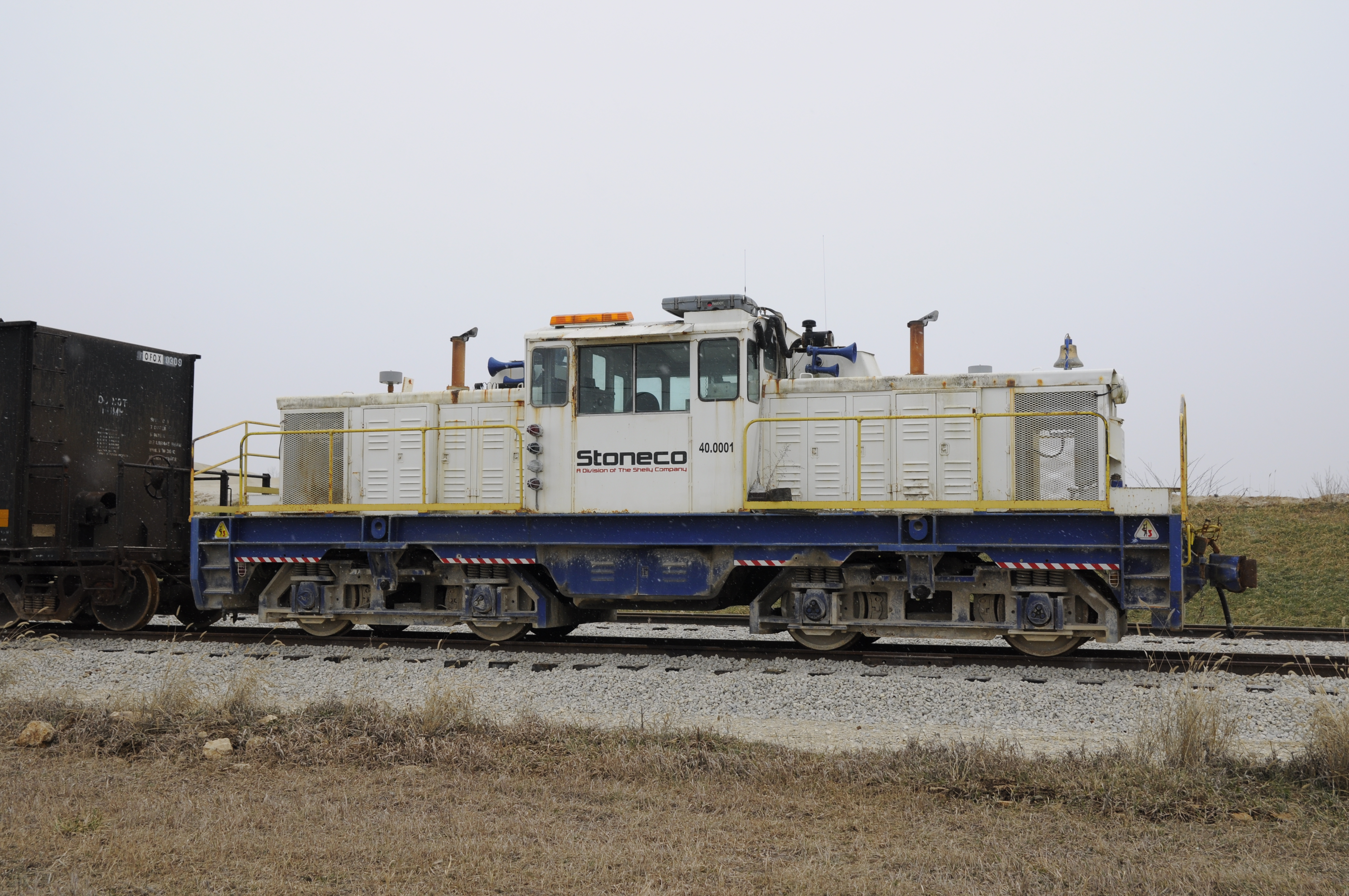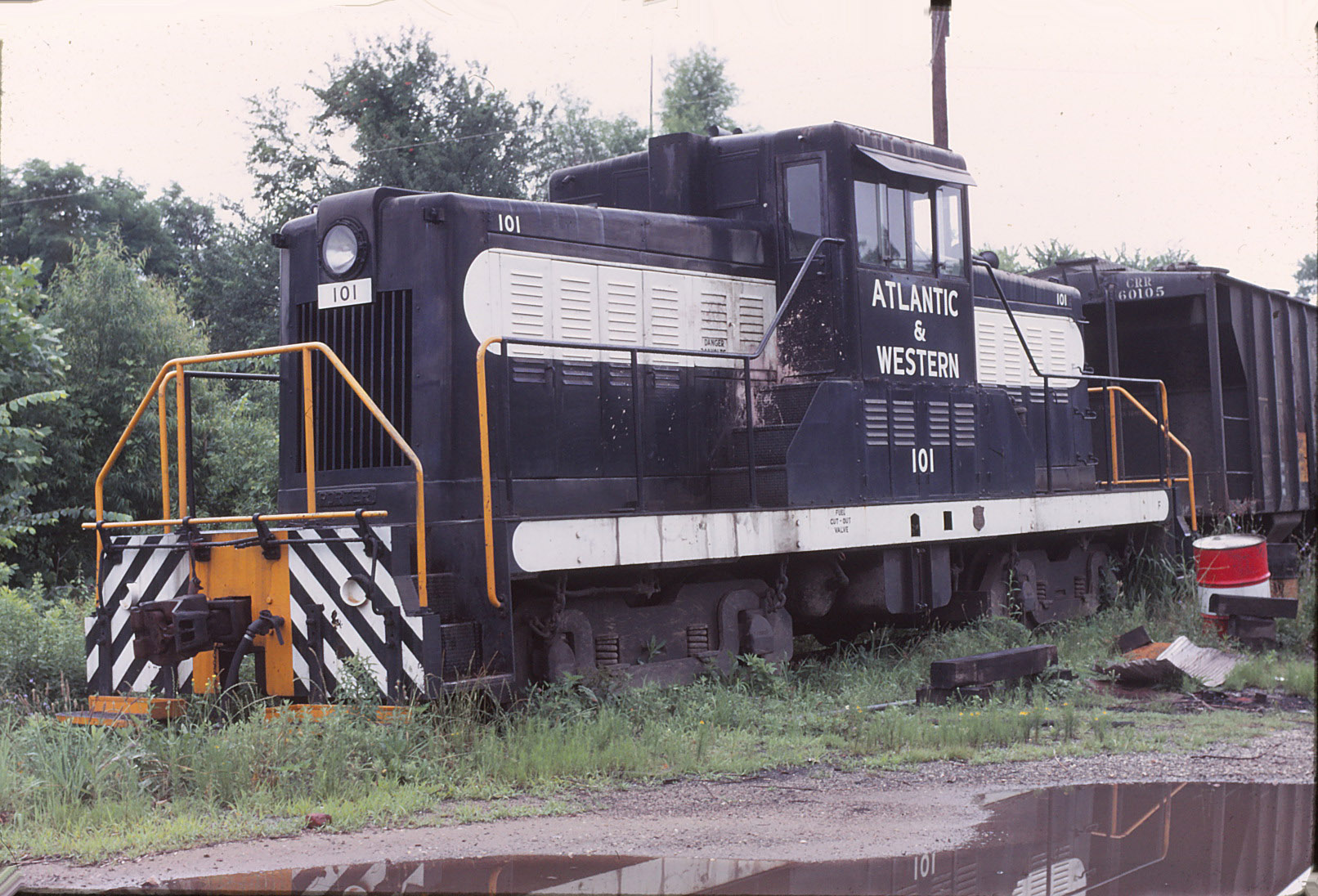Brand "X" 70/75/80-Ton Locomotives |
|||
|---|---|---|---|
 Beaufort & Morehead 75-Tonner #75 at Beaufort, North Carolina -- David Burnette photo ** |
|||
|
As the 1930s gave way to the 1940s, manufacturers of industrial locomotives were attempting to standardize designs and manufacturing processes as a means of controlling production costs, managing material resources and meeting delivery schedules. However, WWII put standardization temporarily on hold. America's military and industry had new and far greater demands that often required adaptation and innovation. It was the kind of challenge that required leadership, planning and action. Whitcomb Locomotive Works, for example, experienced the situation first-hand. Between 1942 and 1945, the Rochelle, Illinois manufacturer built four different variations from one locomotive platform (frame). It clearly illustrated the flexibility of American locomotive builders. Whitcomb's base model was intended to be a 65-tonner; but to meet war-time demands, the Rochelle company routinely created 70, 75 and 80-ton applications. Additionally, the car-body was sometimes elongated, and elevations of the cab raised and lowered. This kind of challenge was not unique only to Whitcomb. One final observation, a large percentage of 65/70/75/80-tonners produced by American builders were initially built for the U.S. Military and after the war declared surplus and sold. A few examples are provided here to facilitate future identification. |
|||
Spotting Features |
|||

Alcoa Teminal No photo Available (yet)Blank |
Davenport Locomotive Works 80-Ton
|
||

Budd Company #3 Kim Piersol photo |
Davenport-Built / Porter-designed 80-tonner
|
||

Shelly Materials Dale Devene photo |
Plymouth Locomotive -- 80/100-tonner
|
||

Atlantic & Western #101 Bob Wilt photo ** |
H.K. Porter -- 80-tonner
|
||

Beech Mountain no# Photographer unknown ** |
Whitcomb Locomotive -- 70/75/80-tonner (post-WWll)
|
||

Cargill no# Photographer unknown ** |
Whitcomb Locomotive -- 80-tonner (post 1952)
|
||
** Photo from R. Craig collection
| |||
| Formatted by: R.Craig
New: 1 November 2019
|
|||